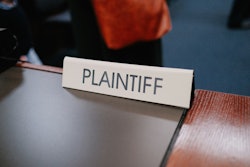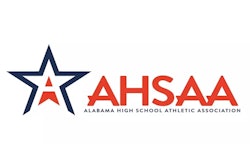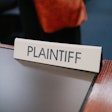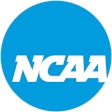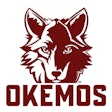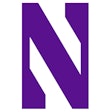Copyright 2017 The Columbus Dispatch
All Rights Reserved
The Columbus Dispatch (Ohio)
The lawsuit against Ohio State University brought by one of its most beloved football stars is a buzz-killing reminder that money, more than anything, is at the heart of big-time college football.
Any savvy fan knew the score long before Chris Spielman filed his lawsuit in U.S. District Court on July 14: Trading on the popularity of the Buckeye football program and its stars is a many-million-dollar business. But the suit, brought by a man who is not just one of Ohio State's all-time greatest players but arguably the university's second-greatest ambassador from the football field after Archie Griffin, brings home just how high the stakes are.
It's fair to ask how in the world things came to this. At least one element of Spielman's complaint against OSU and IMG, the company that manages multi-media, promotional and sponsorship rights for Ohio State athletics, has merit.
Last fall, Ohio State and IMG OK'd a deal with Honda to put its logo on a series of 64 banners in Ohio Stadium. The banners bore the photos and likenesses of players, including Spielman, along with the logo. Spielman's suit says the players weren't asked if they wanted to be on the banners with a Honda logo and weren't compensated for them.
OSU officials maintain that the standard practice, whenever IMG proposes a deal or product that involves a former player's likeness or name, is for IMG to ask the player if he wants to participate and to offer compensation.
That obviously didn't happen with the banners — a seemingly colossal mistake for which Ohio State hasn't yet offered an explanation. And in eight months of subsequent negotiation with Spielman and his attorneys, the university couldn't come up with a satisfactory settlement offer.
Sports pundits, agog at the spectacle of "Spielman vs. OSU," wonder if Ohio State officials miscalculated, thinking Spielman wouldn't go through with a lawsuit against the alma mater that he loves and for which he has raised millions of dollars.
Now that he has, Ohio State is in a position to set a new standard for fair treatment of college athletes in big-money programs. Spielman's suit involves more than the Honda banners; he has an interest, along with Griffin, in Profectus Group Inc., a sports and entertainment marketing company founded by former OSU wrestler Mike DiSabato.
Ohio State maintains an iron grip of control over its many trademarked phrases and images. Football players had a role in making those trademarks attractive and valuable.
New ways to make money from college football keep emerging along with new ways to deliver the product, such as online streaming of classic games. Spielman has asked the court to declare his suit a class action, on behalf of all former OSU football players, now and in the future. If the court agrees, any outcome from the suit will apply to hundreds of Buckeyes. The implications are enormous.
Experts say the suit is likely to end in a settlement, because the parties involved aren't eager to have the details of their business operations made public in a trial.
Spielman has said he doesn't want to be at odds with Ohio State, and that he wants for himself and other former players to be treated as partners in deals involving their names or likenesses. With good-faith negotiation on both sides, his lawsuit might be the instrument that brings about such a change.
Read More of Today's AB Headlines
Subscribe to Our Daily E-Newsletter
Terms and Conditions Privacy Policy

















